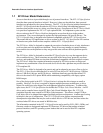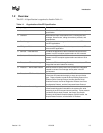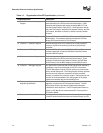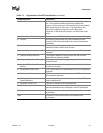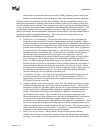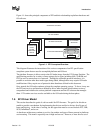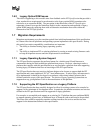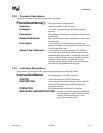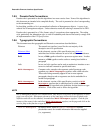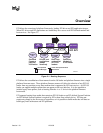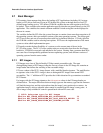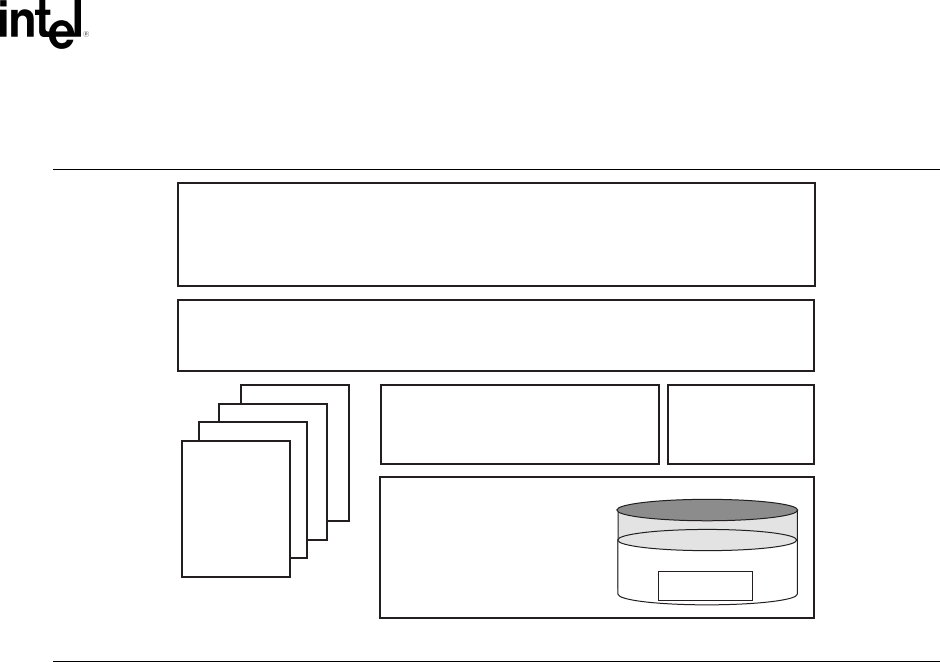
Introduction
Version 1.10 12/01/02 1-9
Figure 1-1 shows the principal components of EFI and their relationship to platform hardware and
OS software.
OM13141
ACPI
SMBIOS
(OTHER)
INTERFACES
FROM
OTHER
REQUIRED
SPECS
PLATFORM HARDWARE
EFI BOOT SERVICES
EFI RUNTIME
SERVICES
EFI OS LOADER
OPERATING SYSTEM
EFI SYSTEM PARTITION
EFI OS
LOADER
Figure 1-1. EFI Conceptual Overview
This diagram illustrates the interactions of the various components of an EFI specification-
compliant system that are used to accomplish platform and OS boot.
The platform firmware is able to retrieve the OS loader image from the EFI System Partition. The
specification provides for a variety of mass storage device types including disk, CD-ROM and
DVD as well as remote boot via a network. Through the extensible protocol interfaces, it is
possible to envision other boot media types being added, although these may require OS loader
modifications if they require use of protocols other than those defined in this document
Once started, the OS loader continues to boot the complete operating system. To do so, it may use
the EFI boot services and interfaces defined by this or other required specifications to survey,
comprehend and initialize the various platform components and the OS software that manages
them. EFI runtime services are also available to the OS loader during the boot phase.
1.6 EFI Driver Model
This section describes the goals of a driver model for EFI firmware. The goal is for this driver
model to provide a mechanism for implementing bus drivers and device drivers for all types of
buses and devices. At the time of writing, the bus types that must be covered include PCI, USB,
SCSI, InfiniBand
†
, and so on.
As hardware architectures continue to evolve, the number and types of buses present in platforms
are increasing. This trend is especially true in high-end servers. However, a more diverse set of




